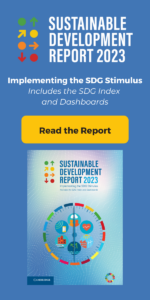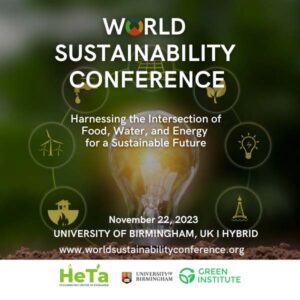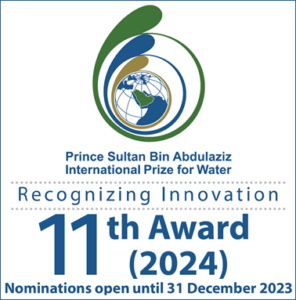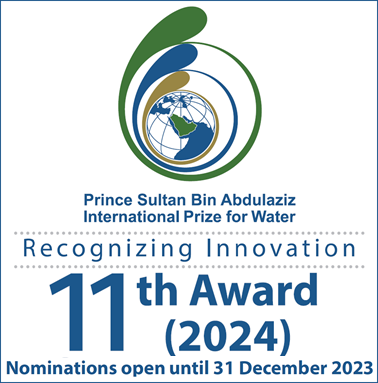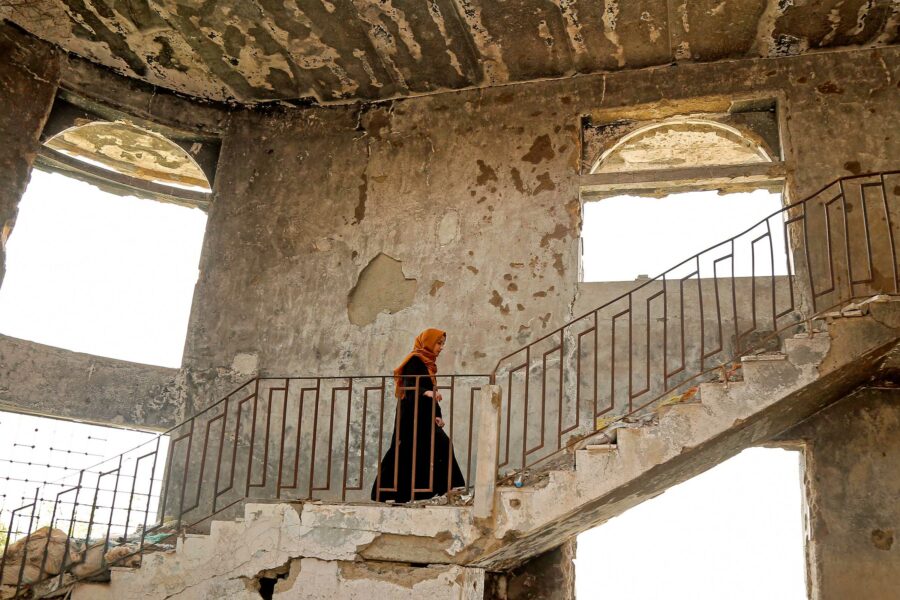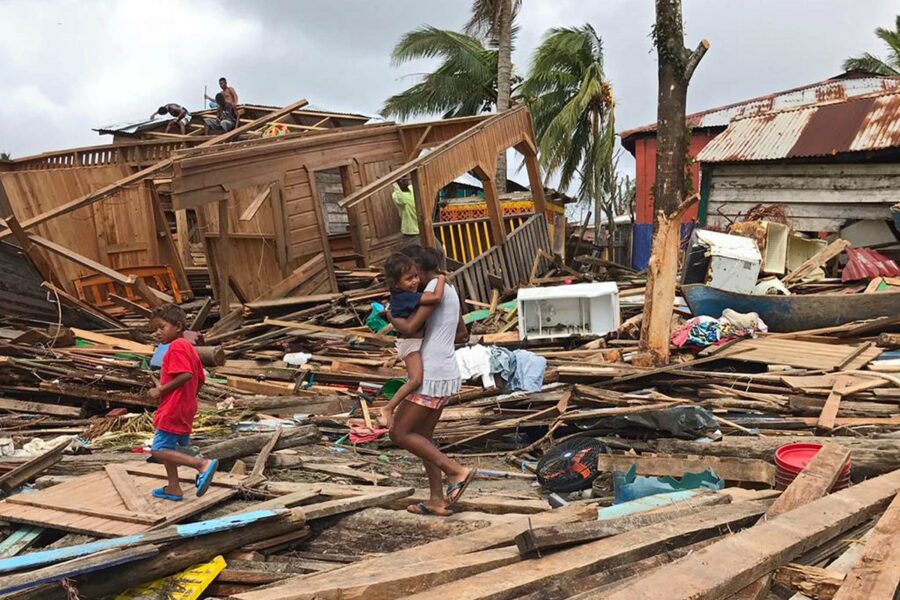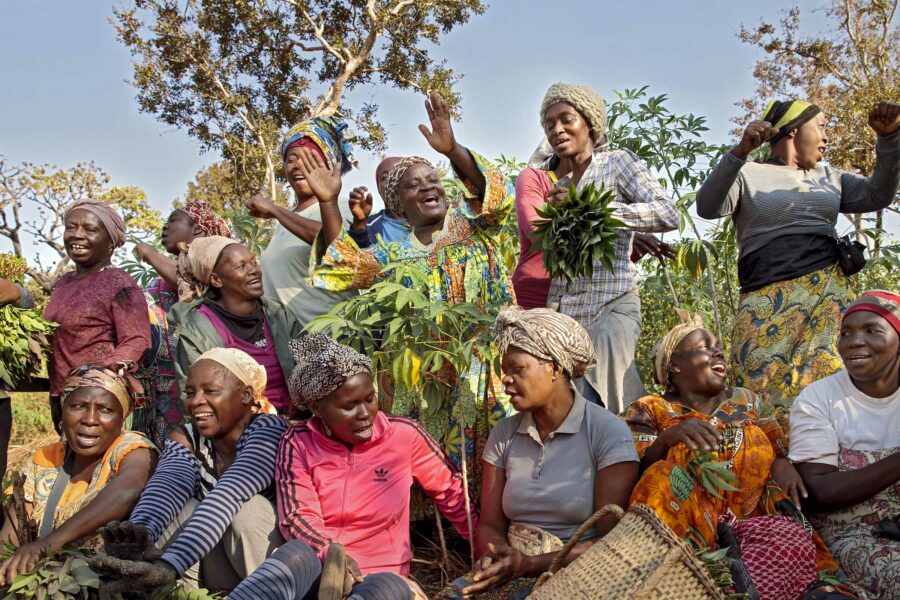Cleaning up the air
Air pollution is killing an estimated seven million people per year, causing environmental damage and climate change. Taking bold action now on black carbon, methane, and other short-lived pollutants, using existing, affordable technologies, can help us achieve 1.5°C and improve well-being for all
Climate — Global
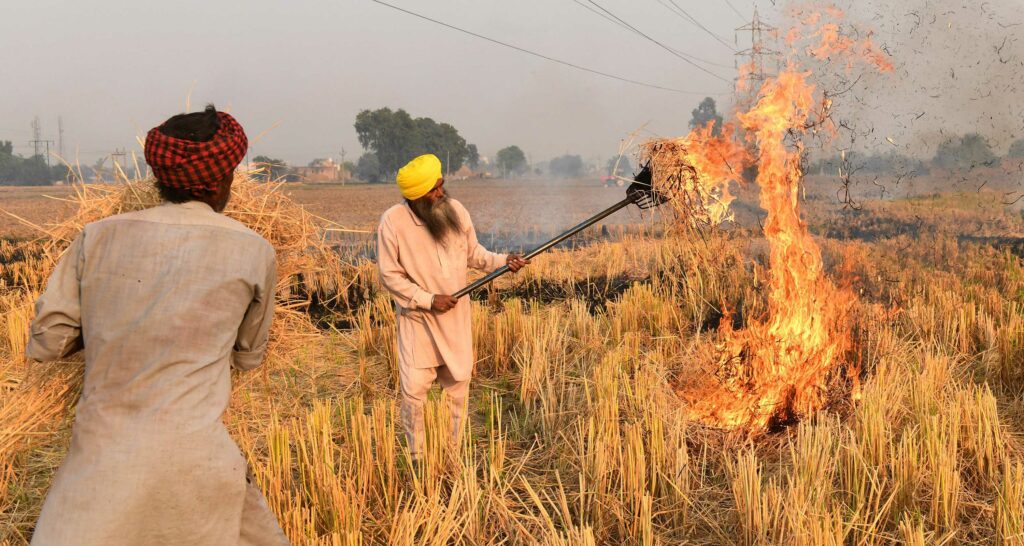
In no sense is it an exaggeration to say that air pollution is an emergency, both for public health and for the climate. It is the greatest environmental threat to human health: air pollution is responsible for about 7 million deaths each year globally, and this number is rising. Almost everyone on Earth – 99% of the world’s population – breathes air that exceeds WHO air quality limits. The University of Chicago just found that air pollutants take 2.2 years off global average life expectancy. Worldwide, that is a combined 17 billion life years. There is growing evidence that even low levels of air pollutants damage the human body, increasing the risk of respiratory illnesses like asthma and emphysema, heart disease, lung cancer, and other diseases. Studies have also shown that it exacerbates the effects of COVID-19. Air pollution disproportionally harms women, children, the elderly, and the poor. Children who grow up in heavily polluted places develop irreversible health effects, like lower lung capacity, than those in cleaner areas. It is an issue of environmental justice.
But air pollution does not just harm people.
The pollutants methane, hydrofluorocarbons, black carbon, and tropospheric ozone – known as short-lived climate pollutants, or SLCPs – are responsible for up to 45% of global warming today, contributing to rising sea levels and more frequent and extreme climatic events like droughts, fires, and storms. These pollutants are tens to thousands of times more powerful than carbon dioxide at warming the planet. Recent research actually indicates that keeping the world on a 1.5°C track requires dual action: CO2 reduction and decisive action on methane.
Methane is also a central ingredient in ground-level ozone, which wreaks havoc on ecosystems and agricultural productivity worldwide. Unless this trajectory changes, we put several of the Sustainable Development Goals (SDGs) at risk: air pollution contributes massively to climate change (SDG 13), jeopardizes our health and well-being (SDG 3), threatens food security (SDG 2), and makes city inhabitants unsafe (SDG 11).
But there is good news: because they are in the atmosphere for a relatively short amount of time – a few days to a few decades – SLCPs respond quickly to reduction efforts. Acting on black carbon and methane in key sectors could reduce projected global warming by 0.5°C by 2050, avoid millions of premature deaths from air pollution annually, prevent millions of tonnes of annual crop losses, and increase energy efficiency, among other additional benefits for human and planetary wellbeing. In fact, cutting SLCP emissions is regarded as the fastest and most effective way to keep us under 1.5°C.
Even better news: we already have ways to dramatically cut these emissions today, solutions which are based on existing technology and can be carried out at no or little cost. Three billion people around the world still use traditional stoves, solid fuels, and kerosene lamps, which have serious negative effects on both the environment and on the health of millions.Global adoption of clean and low-emission household energy solutions would reduce air pollution, help mitigate climate change, and slow habitat and biodiversity loss. The agricultural sector, responsible for around 40% of global black carbon and anthropogenic methane emissions, can also act quickly to avoid the effects of climate change, which are already negatively impacting agricultural production, increasing hunger, and hurting farmers. Practices already in use, like saving water in paddy rice production or capturing methane as a resource from livestock manure, could cut SLCP emissions and avoid 52 million tonnes of staple crop losses annually by 2030. Agricultural waste and residues are often burned, contributing to transboundary air pollution. Instead, they can be put to productive use as alternative building materials or for energy. Similarly, the open burning of municipal waste, which fuels illness, premature death, and climate change, can be eliminated, and can instead contribute to the circular economy via waste-to-energy programs.
We have no time to lose. The Climate and Clean Air Coalition (CCAC) is the only global organization dedicated to cutting SLCPs to stabilize the climate, limit warming to 1.5°C, and drastically reduce air pollution. We bring together 75 state partners representing 50% of global SLCP emissions alongside intergovernmental organizations, businesses, scientific institutions, and civil-society organizations committed to protecting the climate and improving air quality through actions to reduce SLCPs.
Over the course of the last decade, the CCAC’s work has led to significant progress on reducing SLCPs, including supporting the adoption of the Kigali Amendment to the Montreal Protocol to phase down hydrofluorocarbons. Our work, alongside global efforts to improve fuel standards and adopt more efficient and zero-emissions vehicles, and changes to technology and production methods in bricks and agriculture, means black carbon emissions are also on a downward trend. The CCAC was instrumental in the creation of the Global Methane Pledge, which aims to reduce global methane emissions by at least 30% by 2030 from 2020 levels. The BreatheLife campaign, co-led by the CCAC alongside the World Health Organization (WHO), the World Bank, and UNEP, calls for governments to commit to achieving WHO Air Quality Guidelines by 2030, which would halve current air pollution-related deaths and slow the rate of climate change. Alongside IKEA and the Stockholm Environment Institute (SEI), we are producing a practical guide to help businesses develop their own air pollutant emission inventories, track air pollutant emissions across a value chain, and take steps to reduce emissions.
There are dozens of proven policies to cut SLCPs quickly: these can reduce methane leaks from gas pipelines, improve building design to avoid the use of air conditioners, and more. Today, as we look towards 2030, the world must scale these efforts to address this planetary and human emergency. We must ensure governments have the funding and capacity to measure and analyze SLCP emissions so they can implement the policies necessary to cut them, thereby harnessing multiple benefits and achieving national priorities and global commitments.
We have made air – the thing that keeps us alive – the number one threat to our health and a huge threat to the viability of our planet, which is further exacerbating effects on human well-being. Air pollution does not recognize borders or boundaries. It must and can be addressed locally, regionally, and globally to combat this climate and health emergency. This requires bold, immediate, and integrated action from stakeholders across the world and across the climate and health spaces, in a whole-of-government approach. If we are to keep global warming below 1.5°C and keep ourselves and our planet healthy, we must cut SLCPs quickly. The science tells us that this is possible. We know how to do it. Now, we must act.
This piece contains the views of the author and as such does not necessarily represent the views of UNEP or the CCAC.

